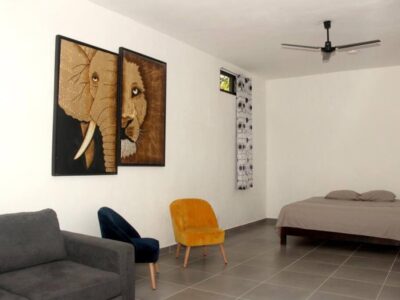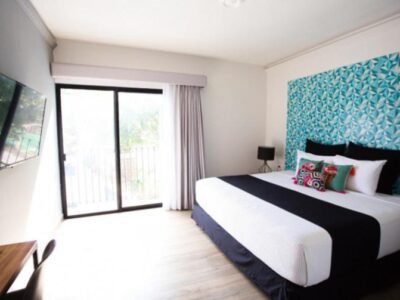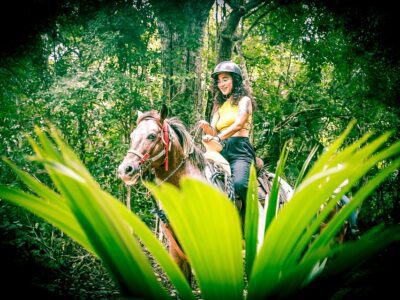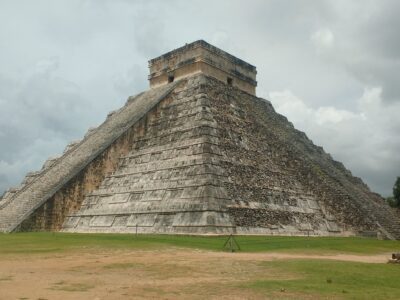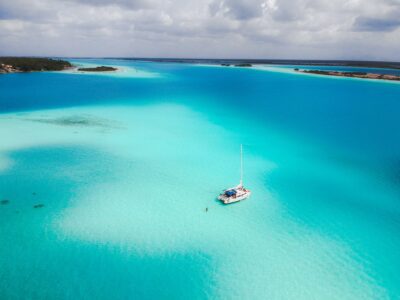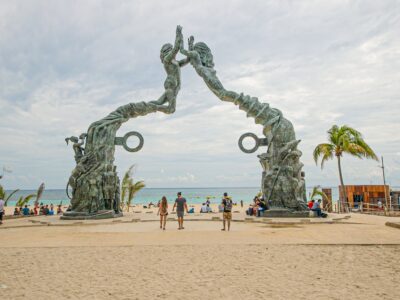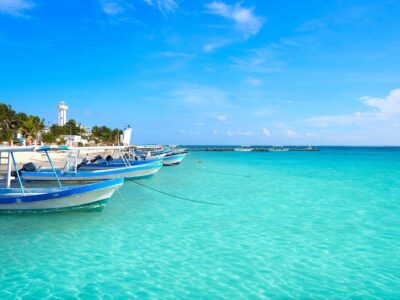After more than five years of closure, municipal authorities announced that the iconic archaeological site and caves of Loltún are preparing to welcome visitors again in June, in what is shaping up to be a significant boost to tourism and the economy of the southern part of the state.
The mayor of Oxkutzcab, Juan José Martín Fragoso, announced that the reopening is planned for approximately one month, following intensive coordinated efforts between the National Institute of Anthropology and History (INAH) and the Cultural Trust.
The site had closed following the effects of Hurricane Cristóbal in 2020 and the subsequent pandemic.
Thanks to restoration, cleaning, and adaptation work, the site’s safety and conservation conditions have been guaranteed. In recent days, INAH authorities and the director of Cultural Trust conducted technical tours to verify progress and approve its reopening. “Since the beginning of our administration, we have worked to ensure that Loltún regains its place as one of the main attractions in the southern part of the state. Its reopening is key to spurring tourism and economic development in our region,” emphasized Martín Fragoso.
He believed that Loltún’s reactivation would benefit multiple local sectors, from artisans and restaurateurs to hoteliers, who eagerly await the return of visitors.
He explained that Oxkutzcab has more than 1,300 hotel rooms, making it a strategic point for tourists wishing to explore other areas such as Maní, Tekax, and Ticul.
For the mayor, this project strengthens the tourism potential of southern Yucatán, while contributing to the diversification of its economy. The reopening of Loltún not only represents a recovery of cultural heritage, but also a new growth opportunity for the entire region, he indicated.
According to the INAH (National Institute of Archaeology and History), the Loltún caves are the largest and best-known within the southern Yucatán cave system. They have been adapted to allow for a safe tour of approximately 1,000 meters inside, along illuminated paths. Visitors can learn about the natural and cultural history of the northern Mayan region, spanning more than 10,000 years, from the Pleistocene to the contemporary era.
According to the authority, various archaeological artifacts, pottery, stone artifacts, seashells, and petroglyphs, corresponding to the Mayan culture in its various stages of development, have been found in the various rooms, galleries, and chambers, at a depth of almost 60 meters and stretching over more than 700 meters. Remains of extinct fauna, such as mammoths, bison, and feline bones, have also been found.
TYT Newsroom
The post Loltún reopening could happen in a month, according to the mayor of Oxkutzcab first appeared on The Yucatan Times.

